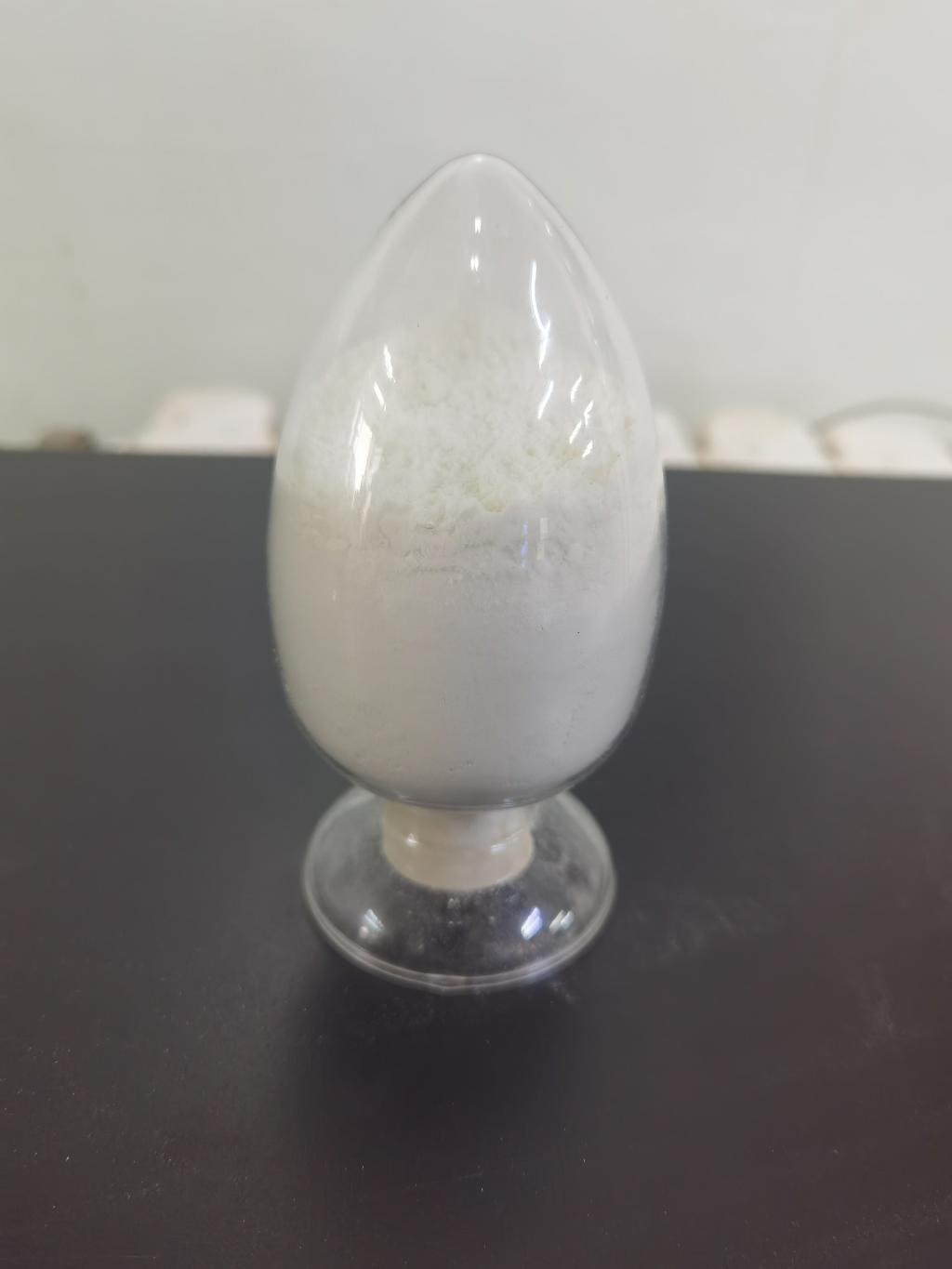Tel:+8618231198596

News
 CONTACT
CONTACT
 CONTACT
CONTACT
- Linkman:Linda Yao
- Tel: +8618231198596
- Email:linda.yao@dcpharma.cn
- Linkman:CHARLES.WANG
- Department:Overseas
- Tel: 0086 0311-85537378 0086 0311-85539701
News
Current Position:
Home >
News
>Incorporating ε-Polylysine hydrochloride aligns with consumer preferences.
Incorporating ε-Polylysine hydrochloride aligns with consumer preferences.
TIME:2024-04-08
Understanding ε-Polylysine Hydrochloride:
ε-Polylysine hydrochloride is a polymer composed of multiple lysine amino acids linked together. It is derived from natural sources through a fermentation process involving certain bacteria. This natural origin distinguishes ε-Polylysine hydrochloride from synthetic preservatives, making it an attractive option for food manufacturers seeking clean-label ingredients.
Consumer Preferences for Natural Ingredients:
Consumer preferences for natural ingredients stem from various factors, including health consciousness, sustainability, and a desire for transparency in food labeling. Consumers are increasingly scrutinizing food labels and favoring products with recognizable, natural ingredients over synthetic additives and preservatives. This shift in consumer behavior reflects a broader societal trend towards healthier and more environmentally friendly consumption patterns.
Benefits of ε-Polylysine Hydrochloride:
Incorporating ε-Polylysine hydrochloride in food products offers several benefits that align with consumer preferences for natural ingredients:
Clean-Label: ε-Polylysine hydrochloride is derived from natural sources and is considered a clean-label ingredient, free from artificial additives and preservatives. Its natural origin provides consumers with reassurance about the safety and quality of the food products they consume.
Effective Preservation: Despite its natural origin, ε-Polylysine hydrochloride exhibits potent antimicrobial properties, effectively inhibiting the growth of bacteria and extending the shelf life of food products. This allows manufacturers to preserve the freshness and integrity of their products without compromising on safety or quality.
Transparency: Incorporating ε-Polylysine hydrochloride in food products enhances transparency in food labeling, as it is a recognizable and naturally occurring ingredient. Consumers can easily understand and trust the ingredients listed on the product label, fostering a sense of confidence and loyalty towards the brand.
Applications in Food Products:
ε-Polylysine hydrochloride finds applications in a wide range of food products, including dairy, meat, poultry, baked goods, and beverages. Its versatility and compatibility with various food matrices make it suitable for use in diverse formulations and processing conditions. In dairy products such as yogurt and cheese, ε-Polylysine hydrochloride helps inhibit the growth of spoilage bacteria, extending shelf life while maintaining product quality.
Similarly, in meat and poultry products, ε-Polylysine hydrochloride plays a crucial role in controlling bacterial proliferation, reducing the risk of foodborne illnesses and ensuring consumer safety. Its natural origin and efficacy in preserving food freshness make it a valuable ingredient for food manufacturers seeking to meet consumer demands for natural and minimally processed foods.
Consumer Education and Perception:
While ε-Polylysine hydrochloride offers numerous benefits as a natural food preservative, consumer education and perception play a vital role in its acceptance and adoption. Manufacturers must communicate transparently about the use of ε-Polylysine hydrochloride in their products, highlighting its natural origin, safety, and efficacy in preserving food freshness. By fostering trust and transparency, manufacturers can enhance consumer acceptance and confidence in products containing ε-Polylysine hydrochloride.
Future Prospects:
As consumer preferences for natural ingredients continue to drive innovation in the food industry, the market for ε-Polylysine hydrochloride is expected to expand. Future research may focus on optimizing production processes, exploring novel applications, and addressing any regulatory or safety concerns. With ongoing advancements and consumer demand for natural food ingredients, ε-Polylysine hydrochloride is poised to play an increasingly important role in shaping the future of the food industry.
Conclusion:
Incorporating ε-Polylysine hydrochloride in food products aligns seamlessly with consumer preferences for natural ingredients. Its natural origin, effectiveness in food preservation, and compatibility with clean-label trends make it a valuable asset for food manufacturers seeking to meet consumer demands for healthier and more transparent food options. By embracing ε-Polylysine hydrochloride as a natural preservative, manufacturers can enhance the appeal of their products, build consumer trust, and contribute to the evolution of the food industry towards greater sustainability and transparency.
- Tel:+8618231198596
- Whatsapp:18231198596
- Chat With Skype







